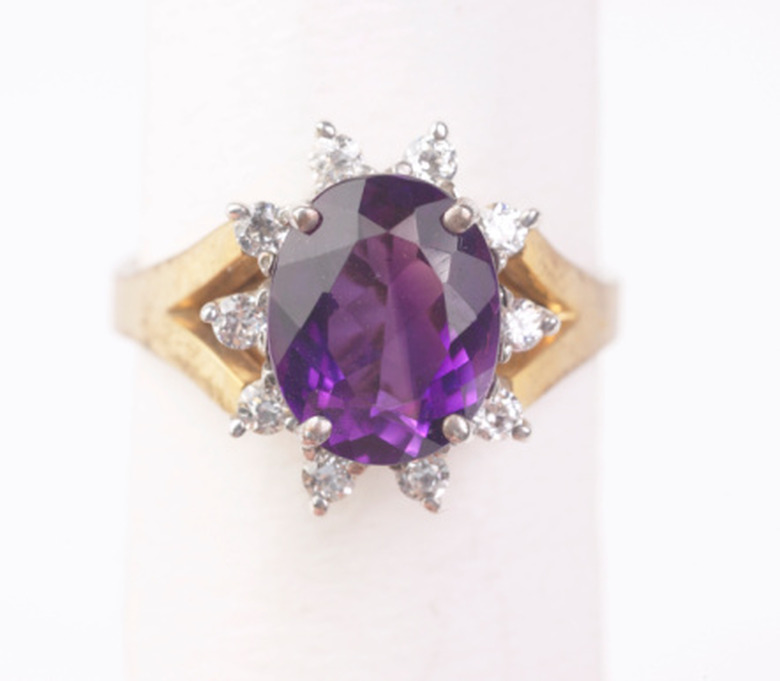Difference Between Quartz & Calcite
Calcite and quartz are minerals associated with many rock types. Calcite dissolves in the presence of acids, but the same does not occur with quartz. Although calcite is widely available around the world, quartz is the second most abundant mineral in the planet, after feldspar. Other differences among these minerals include appearance, chemical composition, hardness, their presence in nature and uses.
Appearance
Appearance
Calcite is often white to transparent, but can show shades of green, gray, blue or yellow. Quartz features a wider range of colors, from the pale yellow typical of a quartz variety called citrine, to the bright purple of the amethyst quartz. Although calcite and quartz are both found in hexagonal and pyramidal forms, calcite shows a wider range of crystal variations in comparison to quartz minerals.
Chemical Composition and Hardness
Chemical Composition and Hardness
Calcite is made of calcium carbonate, a compound containing calcium, carbon and oxygen atoms. Quartz is silicon dioxide, a chemical compound with one atom of silicon and two atoms of oxygen. Quartz is much harder than calcite. Quartz reaches 7 on the Mohs scale of mineral hardness, whereas calcite's hardness is 3.
Presence in Nature
Presence in Nature
Calcite is found in many sedimentary rocks, such as limestone, while quartz is more common as a component of igneous rocks, such as granite and basalt. Calcite is also the main component of stalagmites and stalactites, formations found in caves and shells of marine organisms, like sponges and oysters. Quartz is not associated with living creatures, but is also a component of quartzite, gneiss and other metamorphic rocks, which are formed under high pressure and temperatures.
Uses
Uses
Calcite is used in the construction industry to make cements and mortars. It is also used as an acidity neutralizer in the chemical and pharmaceutical industries, as well as to recover rivers, lakes and soils with low pH levels. Quartz is an important mineral in the glass making process, as an industrial abrasive and as gemstones in jewelry.
References
- "Rock-Forming Minerals"; William Alexander Deer et al.; 2004
Cite This Article
MLA
Zinni, Yasmin. "Difference Between Quartz & Calcite" sciencing.com, https://www.sciencing.com/difference-between-quartz-calcite-8572351/. 24 April 2017.
APA
Zinni, Yasmin. (2017, April 24). Difference Between Quartz & Calcite. sciencing.com. Retrieved from https://www.sciencing.com/difference-between-quartz-calcite-8572351/
Chicago
Zinni, Yasmin. Difference Between Quartz & Calcite last modified August 30, 2022. https://www.sciencing.com/difference-between-quartz-calcite-8572351/
